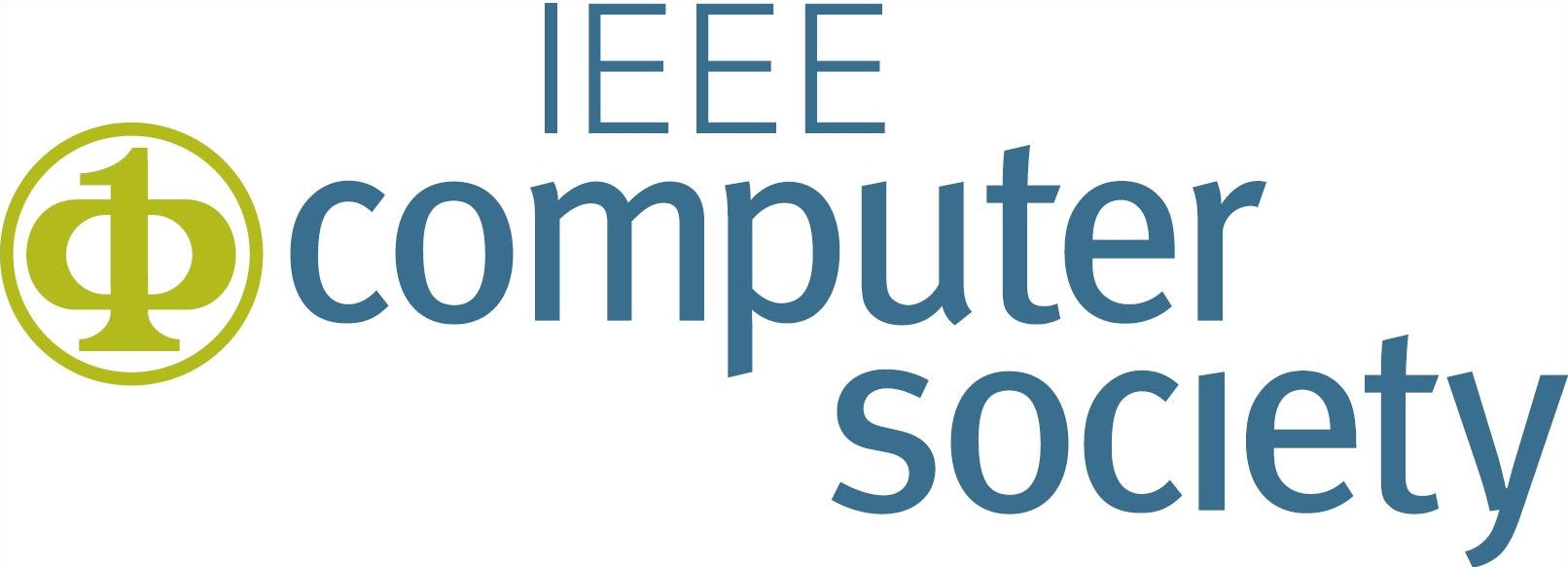





Shading Atlas Streaming Demonstration
Joerg H. Mueller, Philip Voglreiter, Mark Dokter, Thomas Neff, Mina Makar, Markus Steinberger, and Dieter Schmalstieg.
Shading atlas streaming demonstration.
In Adjunct Proceedings of the IEEE International Symposium for Mixed and Augmented Reality 2018 (To appear). 2018.
[BibTeX▼]
Abstract
Streaming high quality rendering for virtual reality applications requires minimizing perceived latency. We introduce Shading Atlas Streaming (SAS), a novel object-space rendering framework suitable for streaming 3D content in virtual/augmented reality. SAS decouples server- side shading from client-side rendering, allowing the client to perform framerate upsampling and latency compensation autonomously for short periods of time. The shading information created by the server in object space is temporally coherent and can be efficiently compressed using standard MPEG encoding. Our results show that SAS compares favorably to previous methods for remote image-based rendering in terms of image quality and network bandwidth efficiency. SAS allows highly efficient parallel allocation in a virtualized-texture-like memory hierarchy, solving a common efficiency problem of object- space shading. With SAS, untethered virtual reality headsets can benefit from high quality rendering without paying in increased latency. Visitors will be able to try SAS by roaming the exhibit area wearing a Snapdragon 845 based headset.

















